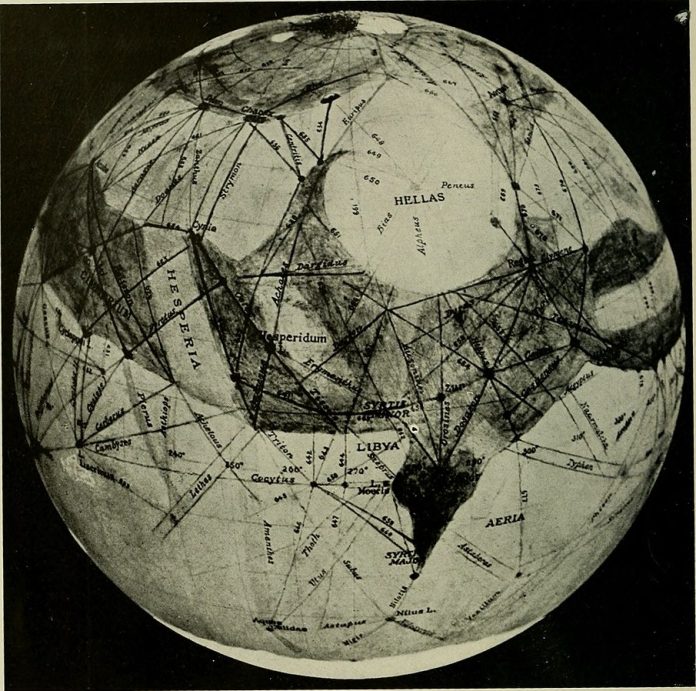
In the summer of 1924, the United States embarked on a quest fueled by curiosity and optimism, turning the nation’s collective ear to the heavens in hopes of catching a whisper from Mars.

This grand experiment was spurred by the close approach of Mars to Earth, a mere 55 million kilometers apart—an event that occurs roughly every 26 months, but sometimes the distances are more favorable, as they were in 1924 and the historically close pass in 2003.

At that time, the possibility of Martian life was a concept taken seriously by both the public and some scientists.
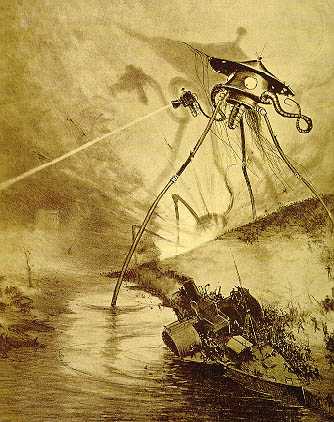
Influenced by the 19th-century Italian astronomer Giovanni Schiaparelli’s observation of ‘canals’ on Mars and American astronomer Percival Lowell’s promotion of the idea that these were signs of an alien civilization, the stage was set for an attempt to make contact.

The plan was not to use the visual might of telescopes but to listen for potential radio signals—assumed the Martian’s method of communication. “It is a direct sequitur from this that the planet is at present the abode of intelligent constructive life,” stated Lowell.

Thus, on August 21-23, 1924, the United States engaged in what would become a historic search for extraterrestrial radio signals, with the public observing “National Radio Silence Day.” Citizens were asked to minimize radio use, and navy radio operators listened intently for any interplanetary dispatches. The US Naval Observatory even lifted a radio receiver 3 kilometers above the ground in a dirigible, optimizing reception. Yet, the silence from Mars was deafening.

The experiment’s outcome was unsurprising to many, given the lack of substantial evidence for life on Mars. No Martian broadcasts were detected, but this did not deter the spirit of the search for extraterrestrial intelligence (SETI), which carried on with increasingly sophisticated means.

Decades later, SETI has become a rigorous scientific endeavor, emboldened by the likes of Frank Drake and Carl Sagan. The SETI@home project, for instance, invited volunteers to help analyze radio signals for alien communications. Efforts such as the Breakthrough Listen Project have followed, backed by significant funding and commitment.
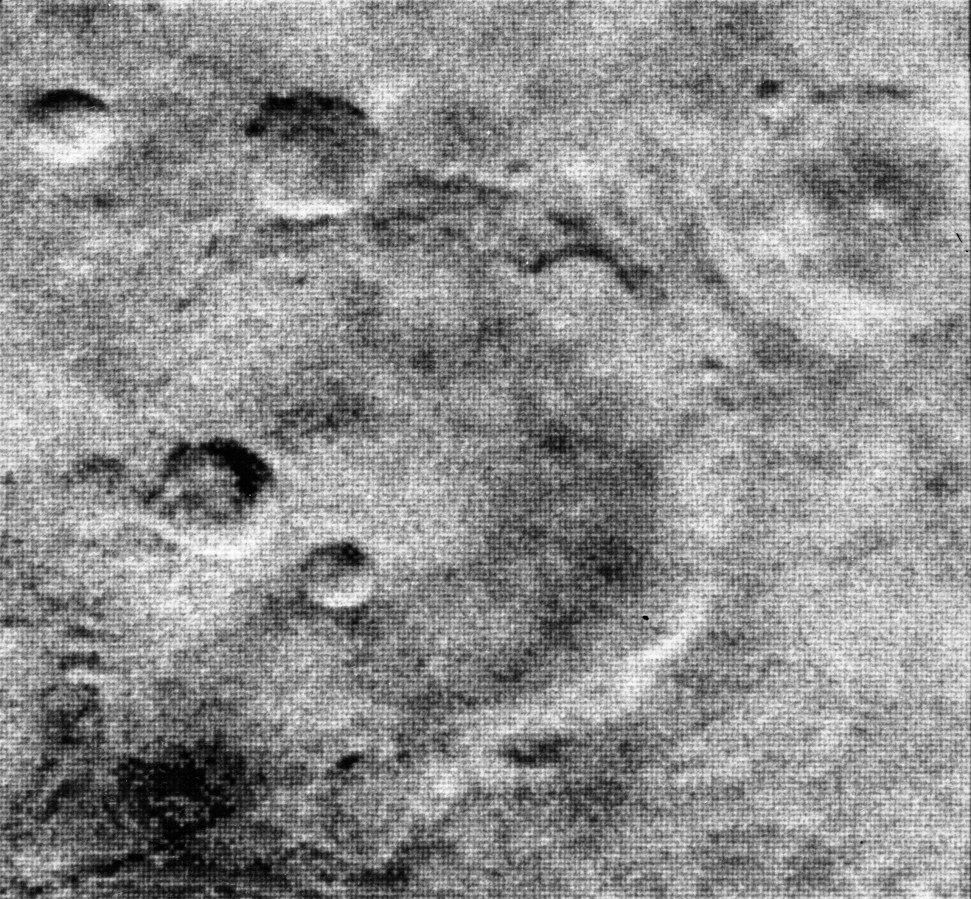
While today’s search for alien life is grounded in a better understanding of the cosmos and employs advanced technology, the essence of the search remains unchanged since that hopeful experiment in 1924.

It’s an enduring testament to humanity’s insatiable curiosity, a beacon of hope projecting into the unknown, ever awaiting a response to confirm we are not alone in the vast expanse of space.
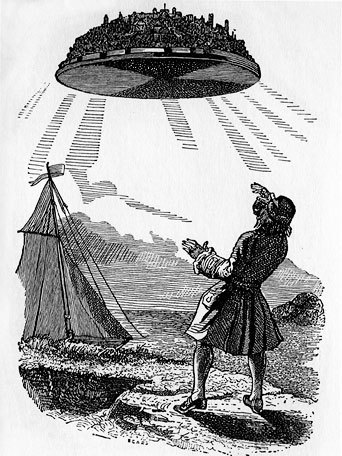
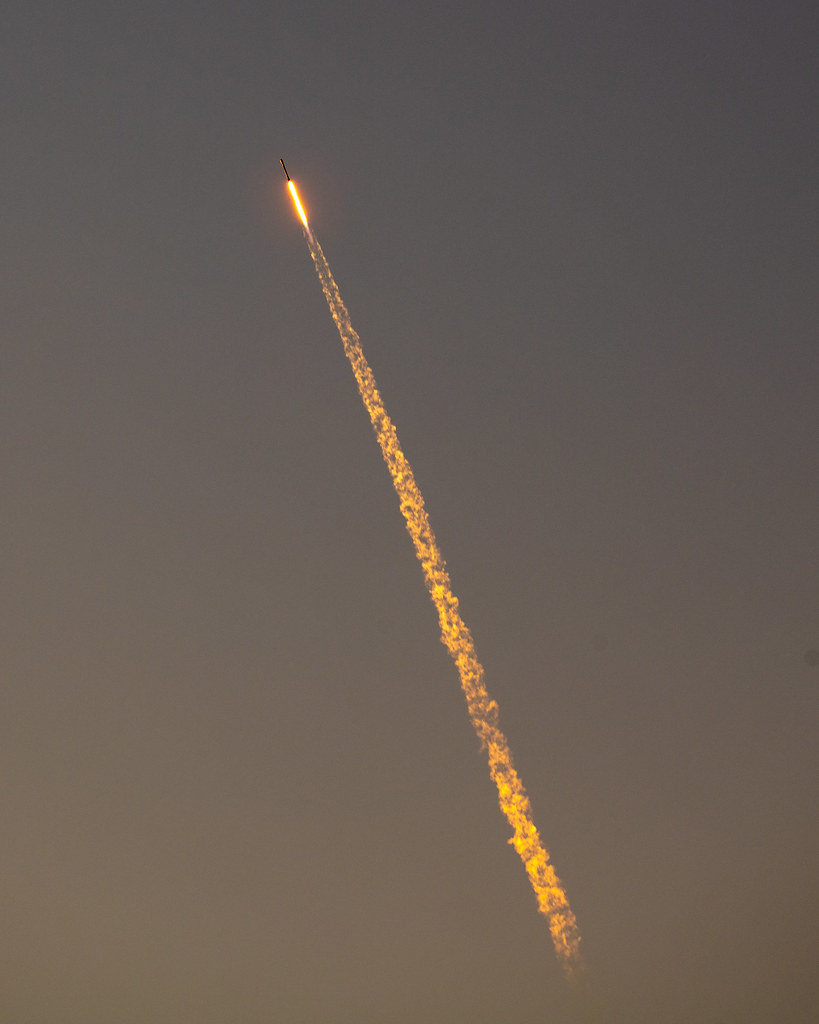

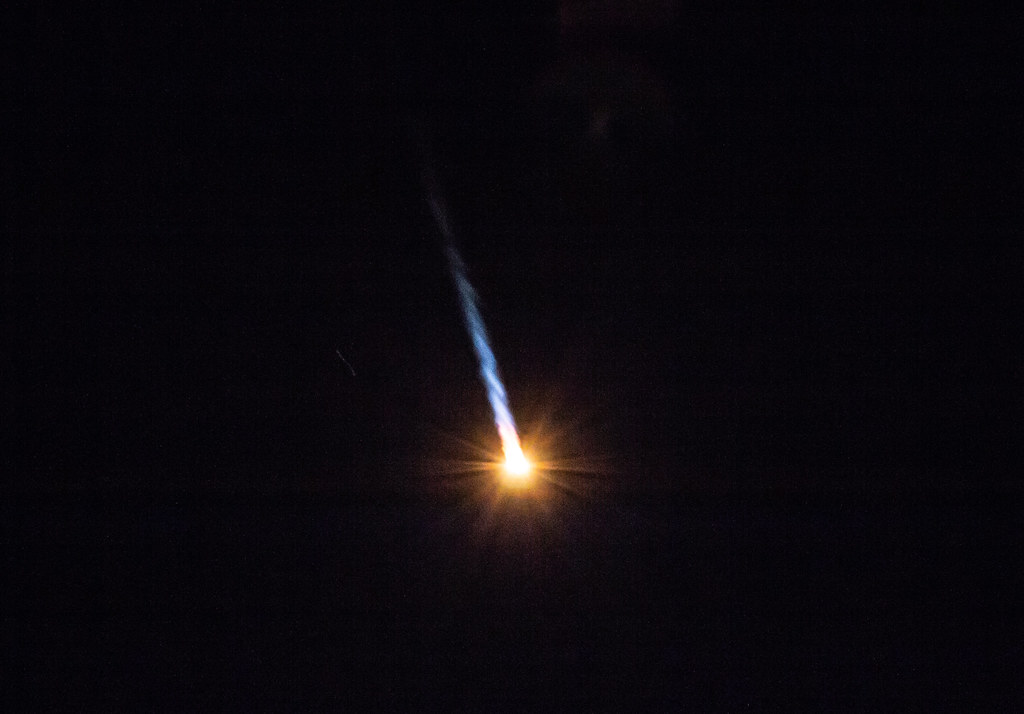


Relevant articles:
– In 1924, The US Turned Off Their Radios To Search For Life On Mars, IFLScience
– SETI, Fandom
